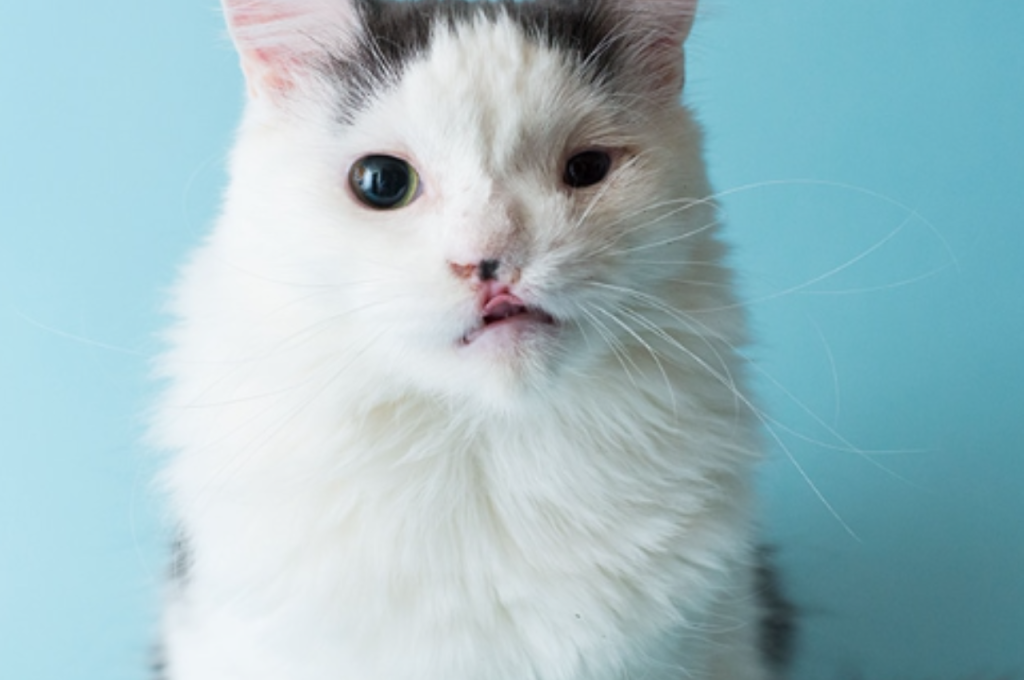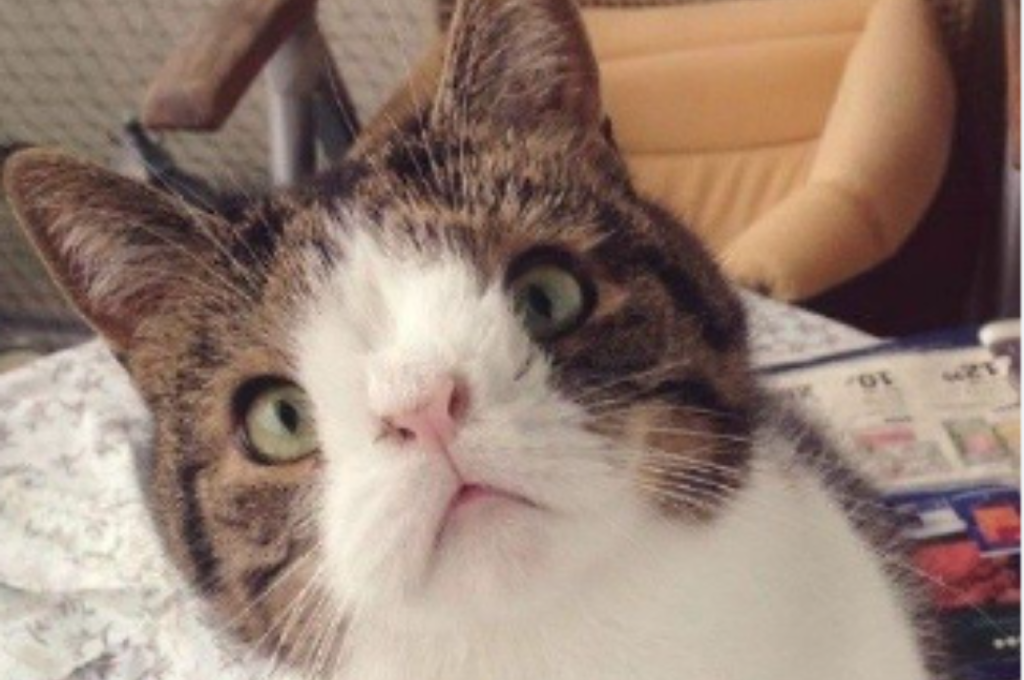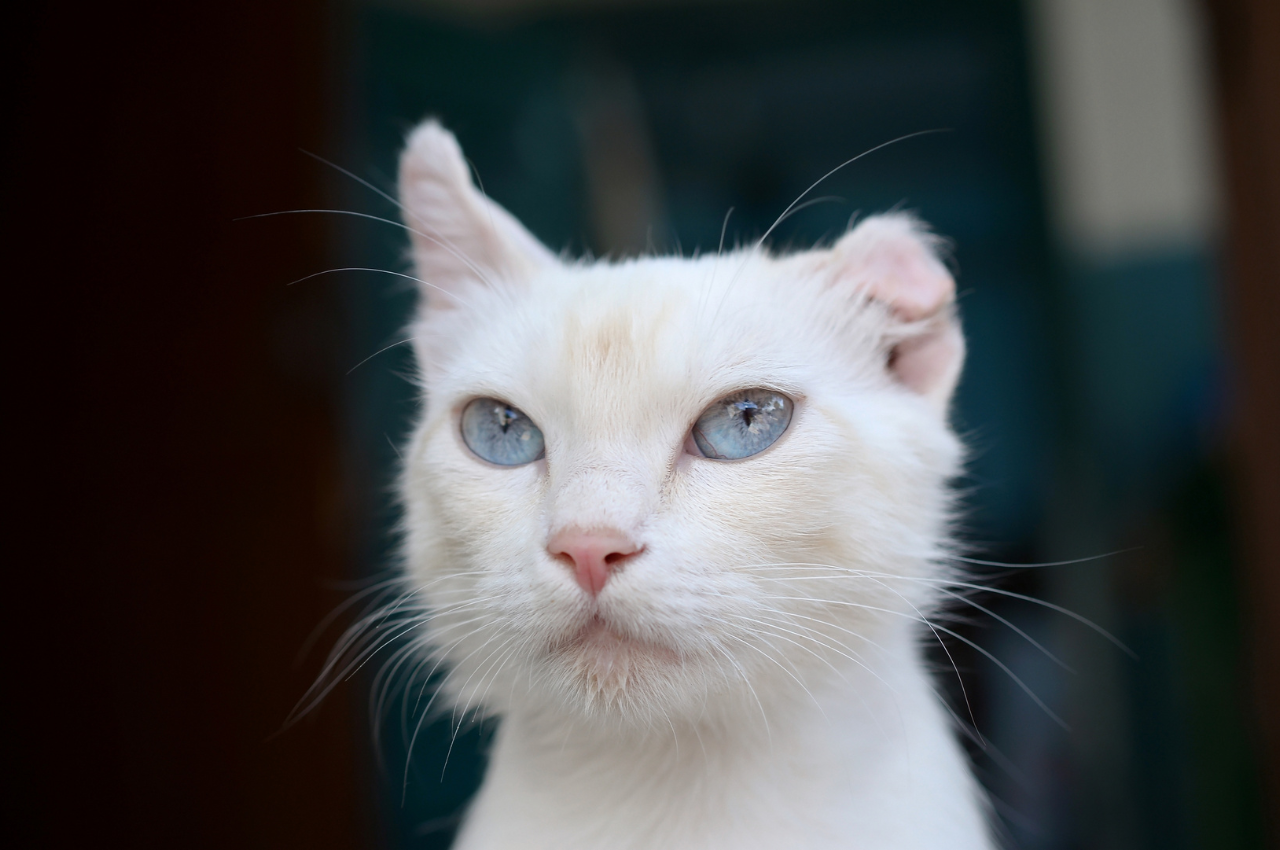Cats can be born with a range of birth defects, including cleft palate, limb abnormalities, heart defects, and vision or hearing impairments. Just like with humans, cats can be born with a variety of birth defects that affect their health and quality of life.
Some of the most common birth defects in cats include cleft palate, which is a failure of the roof of the mouth to fuse together properly; limb abnormalities, such as missing or extra toes or legs; heart defects, which can cause issues with blood flow and breathing; and vision or hearing impairments.
These birth defects can be caused by genetic factors, environmental factors, or a combination of the two. While some birth defects can be corrected with surgery or other treatments, others may require ongoing care and management to ensure the cat can live a happy, healthy life.
Introduction To Feline Birth Defects
Feline birth defects can vary, including heart issues, cleft palate, and limb deformities. Cats may also experience neurological defects or eye abnormalities. Understanding these conditions is crucial for early detection and appropriate care.

Cats are one of the most popular pets around the world. However, just like humans, cats can also have birth defects that can affect their health and well-being. Birth defects in cats can be genetic or caused by environmental factors. It’s important for cat owners to understand the types of birth defects that cats can have, their causes, and how to prevent or manage them. In this blog post, we’ll discuss the common types of feline birth defects and the differences between genetic and environmental causes.
Common Types
There are several types of birth defects that can occur in cats, including:
- Cleft Palate
- Heart Defects
- Eye Abnormalities
- Limb Deformities
- Urinary Tract Anomalies
Each of these birth defects can have varying levels of severity, and some may require immediate medical attention. For instance, cats with heart defects may need medication or surgery to manage their condition. Similarly, cats with urinary tract anomalies may require special diets or even surgery to prevent urinary tract infections.
Genetic Vs. Environmental Causes
Birth defects in cats can be caused by genetic or environmental factors. Genetic birth defects are inherited from the cat’s parents and can be passed down through the generations. On the other hand, environmental birth defects are caused by external factors such as toxins, infections, and poor nutrition during pregnancy. It’s important to note that some birth defects can be caused by a combination of genetic and environmental factors. For instance, a cat with a genetic predisposition to heart defects may develop the condition if they are exposed to certain environmental toxins.
Prevention and management of birth defects in cats depend on their underlying causes. Genetic birth defects cannot be prevented, but early detection and treatment can help manage the condition. On the other hand, environmental birth defects can be prevented by providing a healthy and safe environment for the cat during pregnancy and after birth. In conclusion, birth defects are a common occurrence in cats, and it’s important for cat owners to be aware of the types of birth defects and their causes. Early detection and management can help improve the quality of life for cats with birth defects.
Physical Abnormalities In Newborn Cats
Physical abnormalities in newborn cats can manifest in various ways, leading to concerns for their well-being. These abnormalities can range from limb deformities to facial malformations, each requiring careful attention and specialized care. Understanding the potential birth defects in cats can help owners and caregivers provide the necessary support and treatment for their feline companions.
Limb Deformities
Limb deformities in newborn cats can include abnormalities such as shortened limbs, missing digits, or joint malformations. These conditions may affect the cat’s mobility and require tailored interventions to ensure their comfort and quality of life. It’s important for caregivers to work closely with veterinarians to develop a comprehensive care plan for cats with limb deformities.
Facial Deformities
Facial deformities in newborn cats can encompass issues like cleft palate, misaligned jaw, or asymmetrical facial features. These abnormalities can impact the cat’s ability to eat, groom, and breathe properly. Caregivers should seek immediate veterinary guidance to address the specific needs of cats with facial deformities, ensuring they receive the necessary support and treatments for optimal health.
Internal Birth Defects
Internal birth defects in cats can manifest in various ways, affecting their internal organs and bodily systems. These defects can range from heart conditions to kidney and liver issues, impacting a cat’s overall health and well-being.

Heart Conditions
Cats can be born with congenital heart defects, such as ventricular septal defects (VSD) or atrial septal defects (ASD). These defects can cause abnormal blood flow and affect the heart’s ability to function properly. In severe cases, they may lead to heart failure or other complications.
Kidney And Liver Issues
Internal birth defects can also affect a cat’s kidneys and liver. Cats may be born with polycystic kidney disease, a condition characterized by the presence of fluid-filled cysts in the kidneys. Liver shunts, where blood bypasses the liver, are another potential defect that can impact a cat’s liver function.
Genetic Disorders Specific To Cats
Cats, like any other living beings, can be susceptible to a variety of genetic disorders. These conditions are caused by abnormalities in their genes and can manifest in various ways. It is important for cat owners to be aware of these genetic disorders so they can provide the necessary care and support for their feline companions. In this article, we will explore two common genetic disorders specific to cats: Polycystic kidney disease and Hypertrophic cardiomyopathy.
Polycystic Kidney Disease
Polycystic kidney disease (PKD) is a genetic disorder that affects the kidneys of cats. In this condition, multiple cysts develop in the kidneys, leading to their enlargement and decreased function. PKD is most commonly found in Persian and Persian-crossbreed cats.
The cysts in the kidneys gradually grow in size over time, causing the kidneys to become enlarged and lose their ability to filter waste products effectively. As a result, cats with PKD may experience symptoms such as increased thirst, frequent urination, weight loss, and poor appetite. If left untreated, PKD can progress to kidney failure, which can be life-threatening for the affected cat.
PKD is an inherited disorder, meaning it is passed down from the cat’s parents. Breeders can perform genetic testing to identify carriers of the PKD gene and take necessary measures to prevent the transmission of the disease to future generations. Regular check-ups with a veterinarian and early detection through ultrasound screenings can also help manage PKD in affected cats.
Hypertrophic Cardiomyopathy
Hypertrophic cardiomyopathy (HCM) is another genetic disorder that affects the heart muscles of cats. In this condition, the muscles of the heart become thickened, making it harder for the heart to pump blood effectively. HCM is the most common heart disease in cats and can occur in any breed, although it is more commonly seen in Maine Coon and Ragdoll cats.
Cats with HCM may not display any symptoms initially, making it challenging to diagnose the condition in its early stages. However, as the disease progresses, cats may show signs such as lethargy, difficulty breathing, coughing, and fainting. HCM can lead to serious complications, including heart failure and blood clots.
Genetic testing can be performed to identify cats at risk of developing HCM, especially in breeds known to be predisposed to the condition. Regular veterinary check-ups, including heart screenings such as echocardiograms, are crucial in monitoring cats with HCM. Treatment options may include medications to manage symptoms and prevent complications.
In conclusion, genetic disorders specific to cats can have a significant impact on their health and well-being. By understanding these conditions, cat owners can take proactive measures to identify, manage, and prevent these disorders, ensuring a better quality of life for their furry friends.
Environmental Factors Leading To Birth Defects
Environmental factors play a crucial role in the development of birth defects in cats. From medications and chemicals to nutritional deficiencies, these factors can have a significant impact on the health of newborn kittens. Understanding the potential risks associated with environmental factors can help cat owners take preventive measures to protect their pets.
Medications And Chemicals
Certain medications and chemicals exposure during pregnancy can lead to birth defects in cats. It’s important to keep cats away from household chemicals and medications that could pose a risk to their offspring.
Nutritional Deficiencies
Nutritional deficiencies in pregnant cats can also contribute to the development of birth defects in kittens. It’s essential to provide pregnant cats with a balanced diet rich in essential nutrients to support the healthy development of their offspring.
Diagnosing Birth Defects In Cats
Cats can be born with various birth defects, including cleft palates, heart abnormalities, and limb deformities. These defects can impact their health and quality of life, requiring prompt diagnosis and treatment by a veterinarian. Regular check-ups and genetic testing can help identify potential issues early on.
Veterinary Examinations
Veterinary examinations are crucial for identifying birth defects in cats. A thorough physical exam may reveal visible abnormalities. Blood tests can help detect underlying issues that could be related to birth defects in cats.
Genetic Testing
Genetic testing can pinpoint specific mutations responsible for birth defects in cats. DNA analysis is a powerful tool for identifying inherited conditions in feline companions.
Treatment Options For Affected Kittens
When a kitten is born with birth defects, there are various treatment options available to improve their quality of life. These options may include surgical interventions and long-term management strategies.
Surgical Interventions
- Corrective surgeries can address physical abnormalities in affected kittens.
- Examples of surgical interventions include cleft palate repair and limb deformity correction.
- Surgical procedures aim to enhance the kitten’s mobility and overall well-being.
Long-term Management
- Regular veterinary check-ups help monitor the kitten’s progress and adjust treatment plans.
- Physical therapy can aid in improving mobility for kittens with musculoskeletal defects.
- Nutritional support plays a crucial role in the long-term health of kittens with certain birth defects.
Prevention And Breeding Ethics
Cats can be born with a range of birth defects, including heart abnormalities, cleft palate, and limb deformities. Prevention and breeding ethics play a crucial role in minimizing the occurrence of these defects through responsible breeding practices and genetic testing.

By prioritizing the health and well-being of cats, breeders can help reduce the risk of birth defects in future generations.
Responsible Breeding Practices
- Breed cats with healthy lineage to reduce birth defects.
- Choose quality over quantity when breeding cats.
Pre-pregnancy Veterinary Care
- Ensure female cats are healthy before breeding.
- Take cats for genetic testing before mating.
Conclusion
Being aware of potential birth defects in cats is crucial for their well-being. Regular vet check-ups and responsible breeding practices can help prevent and manage these conditions. By staying informed and proactive, cat owners can provide the best care for their feline companions.
